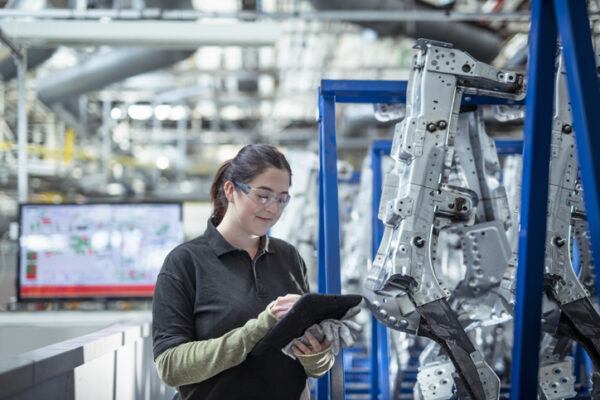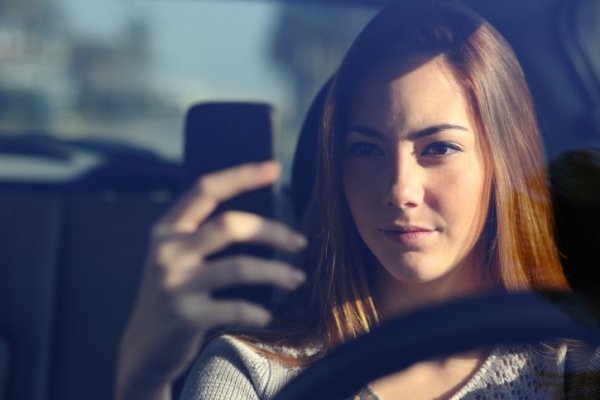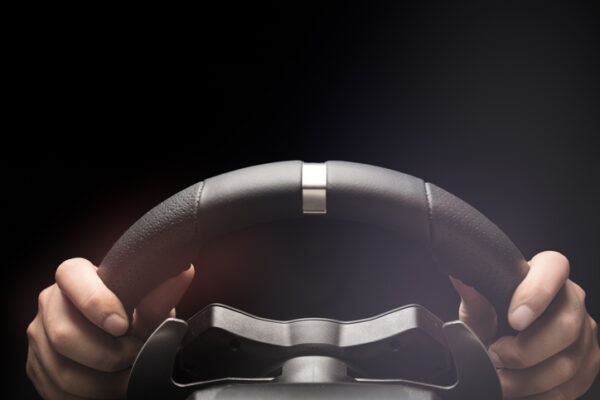From an SUV driver’s seat—perched high above the road, surrounded by a lot of metal—you may feel safer than when driving a regular car.
But the SUV comes with inherent differences, says James Solomon of the National Safety Council. For example, the higher center of gravity makes an SUV more prone to a rollover than a vehicle that sits lower to the ground. The differences are important to keep in mind: While the overall number of fatalities involving passenger vehicles was down in 2017, there was a small increase for SUVs, reports the National Highway Traffic Safety Administration (NHTSA).
Fortunately, some smart strategies for the way you drive an SUV—and even the cargo you carry—can help guard against accidents, Solomon says. This is true for both full-size SUVs and their lighter, more car-like cousins known as crossovers. Here are his suggestions for safer driving in an SUV.
1. Practice Makes Perfect
Get comfortable in your SUV before taking it out on the road. Practice driving in a large, open space (such as an empty parking lot) and in different weather conditions to get used to the handling and braking.
2. Keep It Light
Any cargo—including passengers—raises an SUV’s center of gravity, which increases the chance of a rollover. So be mindful of packing heavy stuff, especially when you have passengers, and avoid using the roof rack unless absolutely necessary. Be aware, too, that overloading can cause brake wear and tear, tires to overheat, and can increase the risk of a blowout.
3. Go Slower
An SUV handles differently than a lower-bodied sedan; it isn’t designed to make quick, sharp turns. Take corners easy, and slow down on curved roads. Drive especially carefully in snow and rain.
4. Leave Lots Of Space
While your driving position in an SUV gives you good road visibility, it can be hard for drivers of smaller cars to see around you. Those behind you, for example, may not have much of a warning that you’re going to stop. Increasing your following distance can result in less-sudden stops, which may in turn help prevent cars from rear-ending you.
5. Hit The Brakes Sooner
SUVs require greater braking distance from most other cars, especially in bad weather. “Because SUVs weigh more than smaller vehicles, they need more time to come to a complete stop,” Solomon says. “Four-wheel drive does not mean four-wheel stop.”
6. Mind Your Mirrors
Minimize blind spots on either side, which may require positioning mirrors farther out than you would for a sedan. Be aware that since you’re sitting higher, it may be harder to see things lower to the ground; when backing up, be especially careful that nothing and no one is behind you.
7. Avoid Sudden Movements
Drivers can help guard against the threat of rollover crashes by not overcorrecting with the steering wheel. In an emergency, try to steer as smoothly as possible.
8. Think Before You Tow
Even if your SUV is equipped with a trailer hitch, that doesn’t necessarily mean it has the engine power, stability or braking capacity to handle a loaded trailer. Refer to your owner’s manual before attempting to trailer anything, and know that the handling and stability changes greatly when adding a trailer to an SUV. Also, be aware that SUV factory mirrors are usually not sufficient for trailering.
Just because SUVs are big doesn’t mean the cost of car insurance has to be, too. Get a quote now and see if you could save money with GEICO! Add on Emergency Roadside Service for assistance in getting back on the road.
Read more: How To Safely Share The Road With Big Vehicles
By Maridel Reyes










Benjamin says,
Great safety tips!
Norma says,
Very valuable information
Duane Wilkerson says,
thank you, we can’t be too careful !